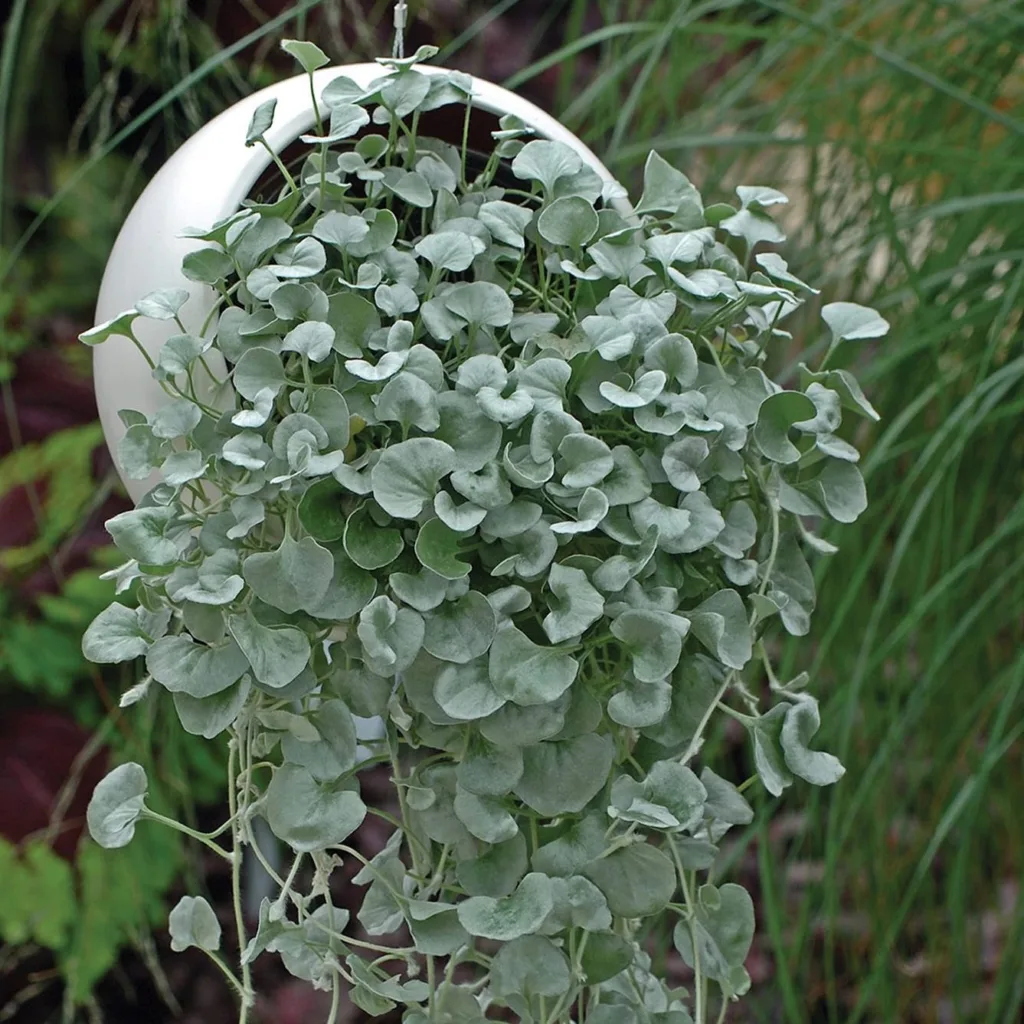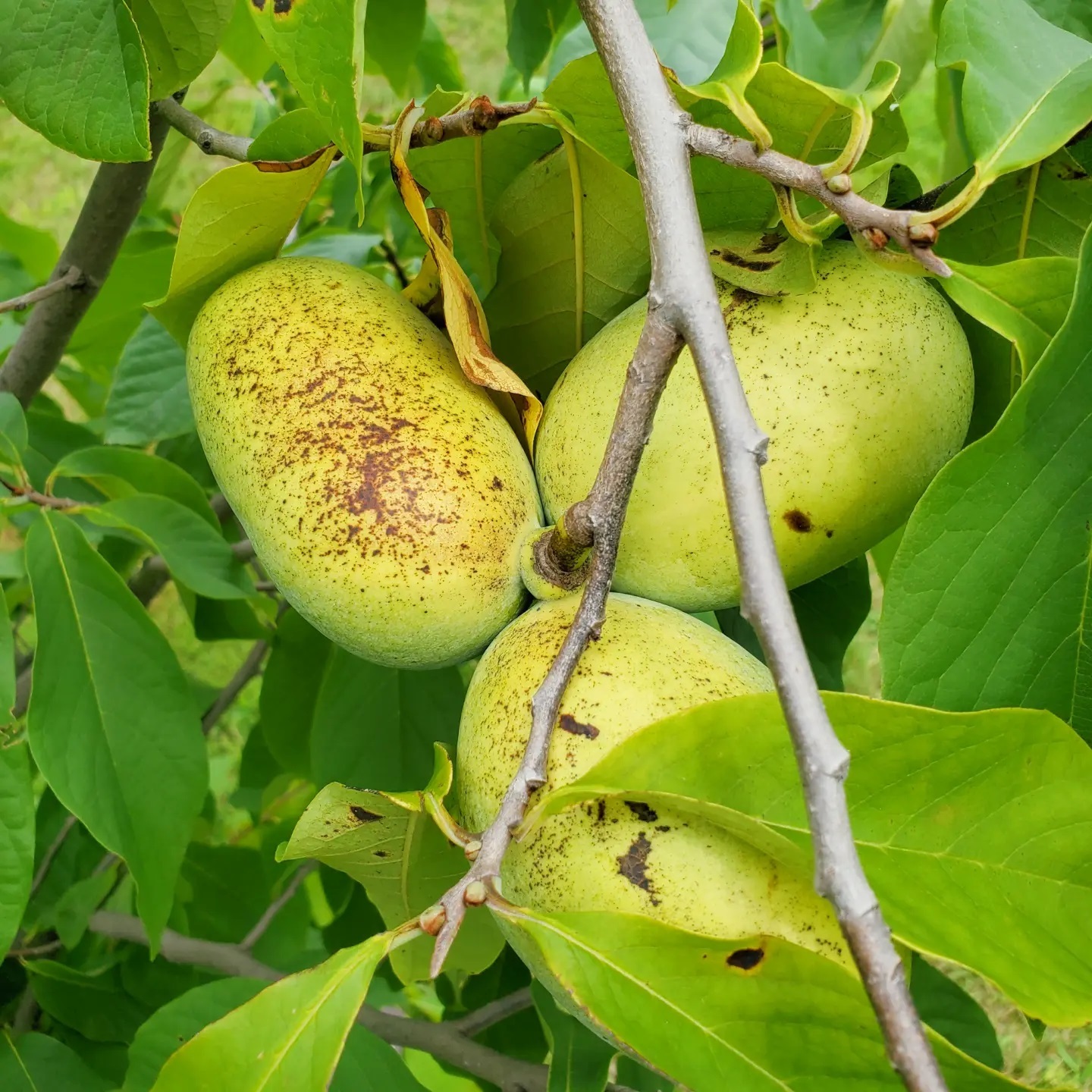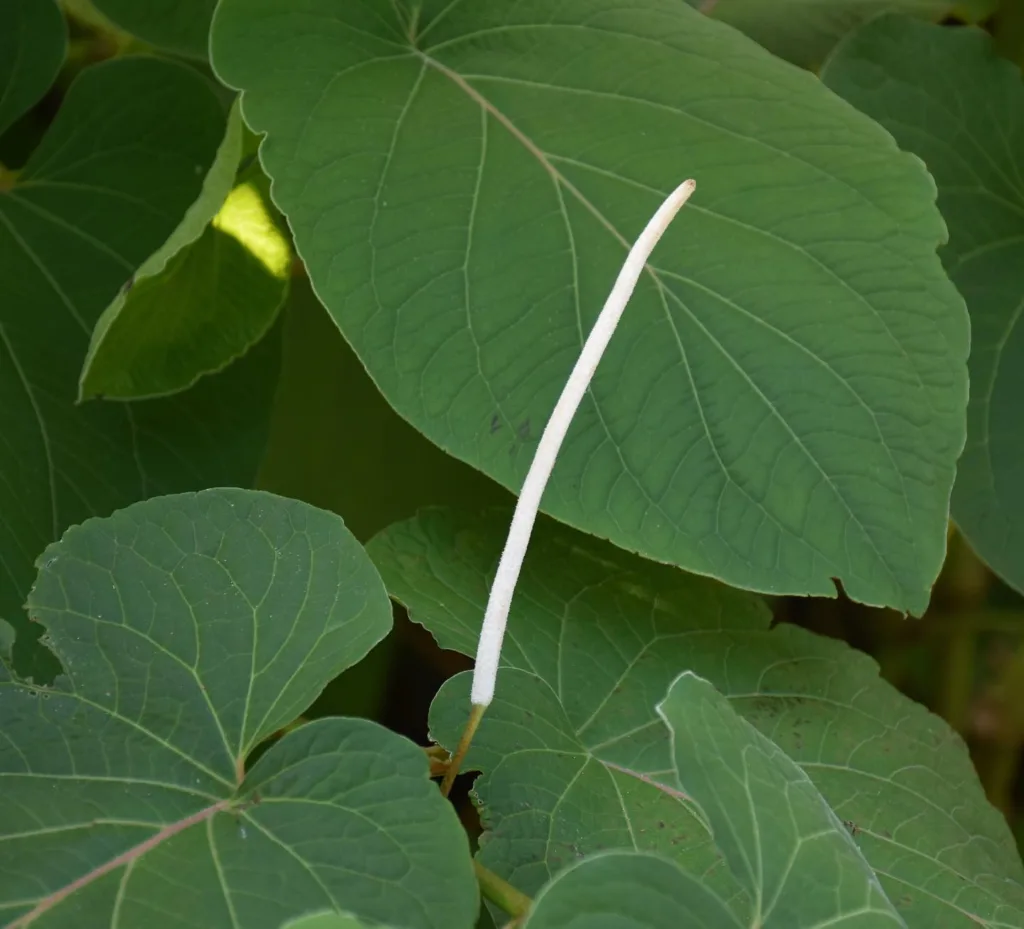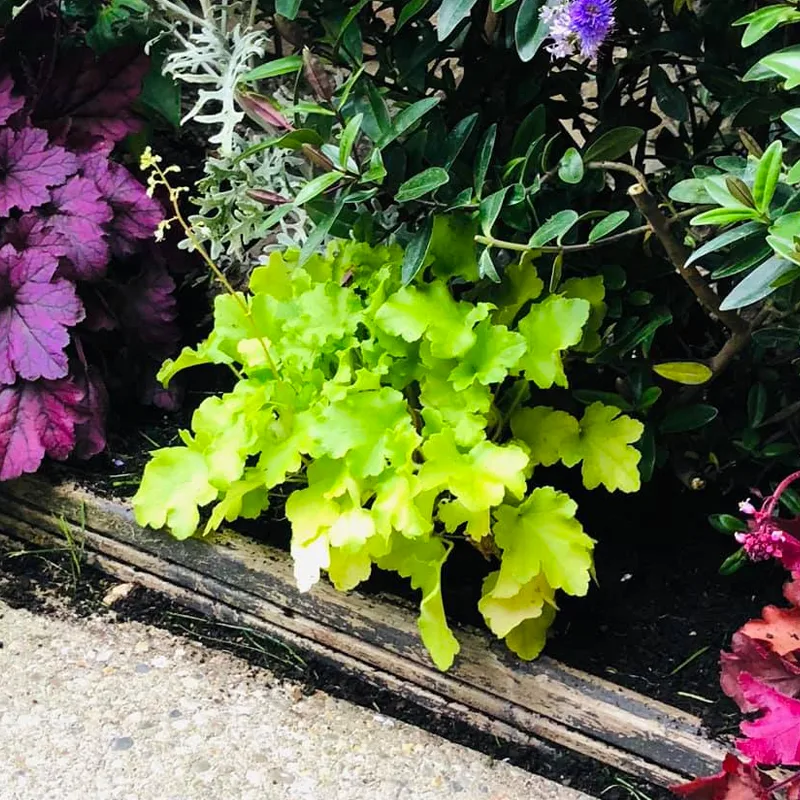Exploring the Capparaceae Family
The Capparaceae family, also known as the caper family, is a fascinating group of flowering plants that I’ve come to appreciate more and more over time. This family includes several genera, each unique in its own way. As someone deeply passionate about plant diversity, I’m excited to dive into some of the notable members of this family. From the well-known Capparis to the lesser-discussed genera like Poilanedora and Neothorelia, there’s so much to uncover.
Overview of Capparaceae
The Capparaceae family is primarily tropical and subtropical, with plants distributed across different parts of the world. Members of this family typically have small flowers and produce fruits that are capsules or berries. While some genera like Capparis are more familiar due to their edible uses (such as capers), others are lesser-known but still offer their own ecological and ornamental value.
The diversity of the genera within the Capparaceae family offers a deep exploration into the adaptability of plants. The family consists of both shrubs and small trees, with many species displaying resistance to arid conditions—something I admire about the plants in this family.
Bachmannia Pax – An Understated Beauty
Bachmannia is a lesser-known genus in the Capparaceae family but is fascinating in its own right. This genus is not widely spread, and it’s a bit of a hidden gem. It has a modest beauty with its simple flowers. Although not as ornamental as some of the other genera in this family, its subtle elegance offers a unique appeal to those who appreciate understated plants.
Beautempsia – Rare and Intriguing
Beautempsia is another genus that doesn’t often get the attention it deserves. It is one of the rarer members of the Capparaceae family, with very few species documented. I find it intriguing because its scarcity makes it stand out among botanists and plant enthusiasts alike. Though not commonly found in cultivation, Beautempsia’s distinct structure sets it apart from its relatives in the family.
Boscia Lam. – Hardy and Resilient
Boscia is a standout genus due to its incredible resilience. Native to Africa, these plants are highly drought-tolerant, which makes them perfect for xeriscaping. I particularly appreciate how well they adapt to tough environmental conditions. Their ability to thrive in arid regions shows the adaptability of the Capparaceae family. In many African cultures, Boscia species are also used for medicinal purposes, which only adds to their value.
Buchholzia Engl. – A Medicinal Powerhouse
The genus Buchholzia is particularly interesting for its medicinal uses. It contains plants that have been used in traditional medicine for centuries. This is one of those genera that underscores the potential health benefits of plants within the Capparaceae family. Although not as showy as some ornamental plants, its healing properties give it a different kind of importance.
Capparis L. – The Caper King
Perhaps the most well-known member of the Capparaceae family is Capparis, thanks to the widely used culinary delicacy, the caper. Capparis species are found throughout tropical and subtropical regions, and capers, the pickled flower buds of the Capparis spinosa, have been used in Mediterranean cuisine for centuries. I personally enjoy incorporating capers into my cooking, as they add a distinctive tang to a variety of dishes. Beyond the kitchen, Capparis plants also have ornamental uses and are admired for their hardy nature.
Crateva L. – Ornamental and Ecologically Important
Crateva is another genus within the Capparaceae family that has both ornamental and ecological significance. These plants are often found in tropical and subtropical climates. They are widely admired for their beautiful white and yellow flowers. Beyond their beauty, Crateva species play an important role in the ecosystem as they provide food for various pollinators. I’ve seen how they can transform a garden with their vibrant blooms, and I appreciate their contribution to biodiversity.
Maerua Forssk. – A Desert Survivor
The genus Maerua is native to Africa and is highly drought-tolerant, much like Boscia. It thrives in dry, desert-like conditions and has evolved to withstand these harsh environments. I have a deep admiration for plants that can survive where others cannot, and Maerua fits that description perfectly. These plants are hardy and provide a great option for water-wise gardening.
The Lesser-Known Genera of Capparaceae
While the aforementioned genera are among the more recognized members of the Capparaceae family, several other genera are worth mentioning for their uniqueness and ecological importance.
- Cadaba Forssk.
- Hypselandra Pax & K.Hoffm.
- Morisonia L.
- Neocalyptrocalyx Hutch.
- Neothorelia Gagnep.
- Poilanedora Gagnep.
- Ritchiea R.Br. ex G.Don
- Thilachium Lour.
Final Thoughts on the Capparaceae Family
Exploring the Capparaceae family has given me a deeper appreciation for the diversity of the plant world. From the widely recognized Capparis to the lesser-known Poilanedora, each genus within this family offers something unique. Whether it’s their adaptability to harsh environments, their medicinal properties, or their ornamental appeal, the plants in the Capparaceae family have earned their place in the botanical world.
As I continue to explore and learn more about these plants, I find myself continually amazed by the diversity and resilience of the Capparaceae family. There’s always something new to discover, and that’s what makes this family so fascinating to me.
If i die, water my plants!



